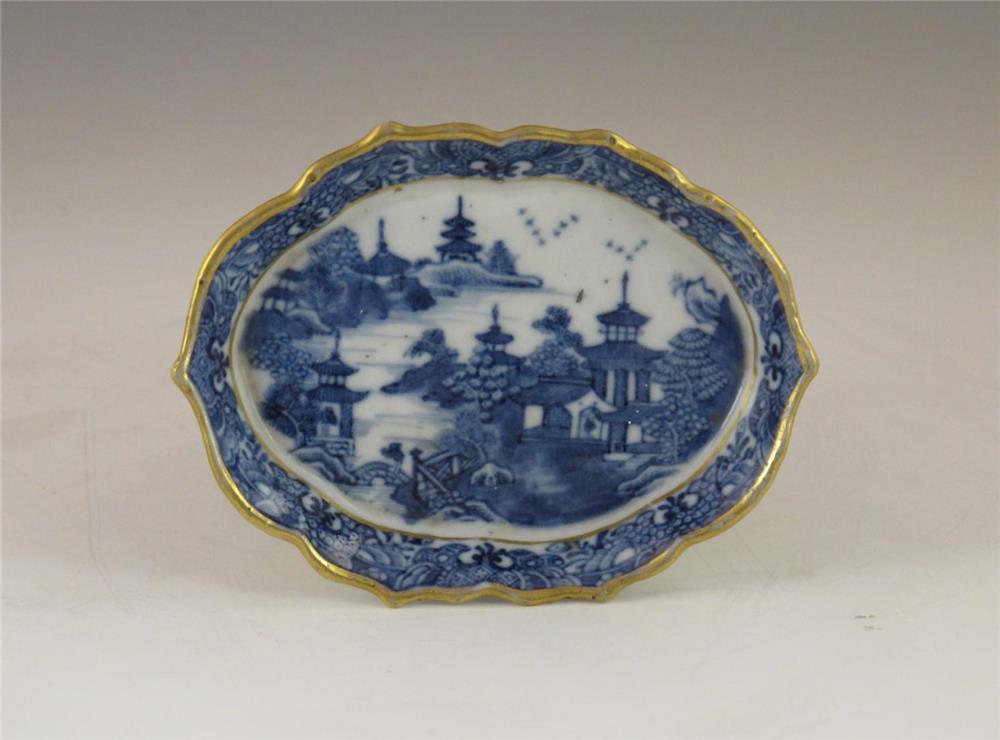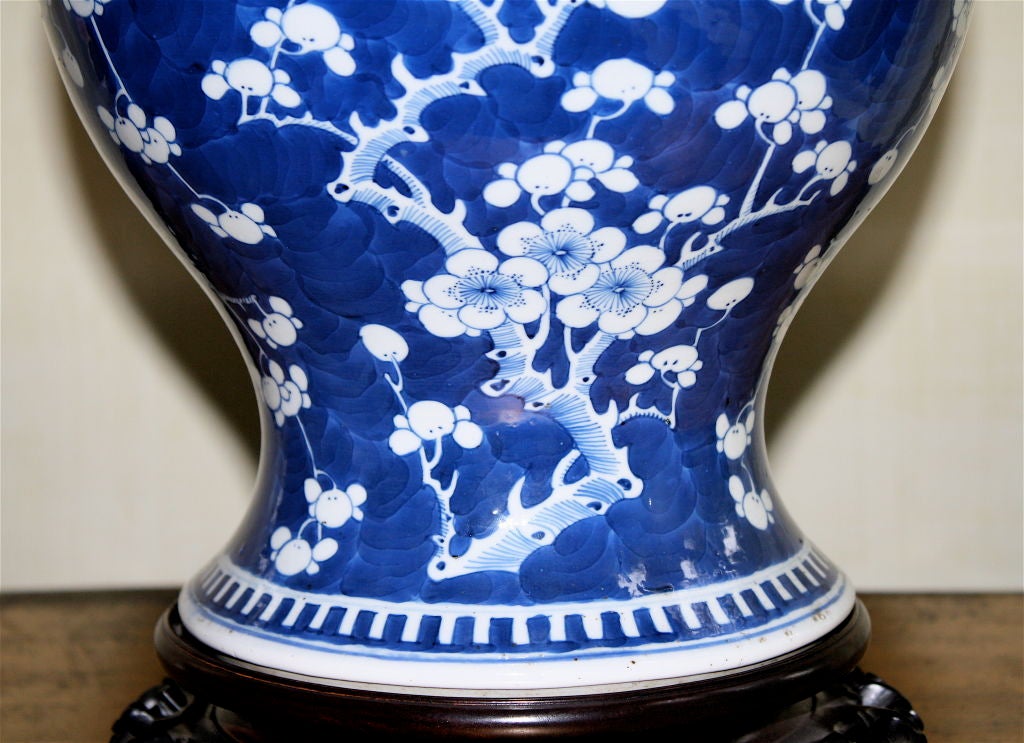Chinese Export Blue White Dating
Welcome to our website. We are Rosemary & Richard Halliday (mother & Son). Richard is a fifth generation specialist dealer.
Collecting Guide: Chinese export porcelain. Yongzheng period (1723-35). 21 in (53.3 cm) diameter. Sold for $118,750 on 18 January 2017 at Christie’s in New York Bulk-ordered blue and white porcelain decorated with generic mountain landscapes comprised the overwhelming majority of China Trade cargoes.
He is a Trustee of the Spode Museum Trust and is currently working towards a PhD in Art History. Details of his research can be found Services:We offer many consultancy services including pattern/maker identification, insurance valuations, probate valuations and full collection appraisals.We both buy and sell blue and white transferware so please if you are interested in selling a piece or would like a valuation.
NEWS: New book launchWe are pleased to announce that Richard's new book was launched in October, 2016. It is titled; Transfer-printed Medical & Toilet Wares, 1780 - 1850.History of Blue & White TransferwareTransfer-printing on earthenware, also known as ‘transferware’, arose as an attempt to replicate the look of eastern ceramic wares, but was relatively cheap, hard-wearing and could be mass-produced. Transferware patterns were largely derived from Chinese-export wares and existent (topographical, historical and botanical) images known as source prints.
Chinese Export Blue White Dating Website
The designs were cut into copper plates with primitive hand-tools by skilled, trained engravers. Tissue-prints were taken from the copper-plates, applied to the blank ware, glazed, fired and sold to the middle and upper classes across the globe.Pattern of the monthVideo: Transfer Printing DemonstratonThis video shows a transfer-printing demonstration at the site of the former Spode factory in StokeFeatured Items.
Chinese Export Blue White Dating 2017
Some of the most beautiful and highly collectible porcelain that can be found today, was once considered mere ballast in the holds of clipper ships plying the trade routes between China, Europe and the United States! This porcelain, now known generically as 'Chinese Export,' includes such patterns as Canton, Rose Medallion, Fitzhugh, and Bird and Butterfly.
Chinese Export was made in China exclusively for export, between the years 1780 and 1880 and a little into the 20th century.China had been trading with the West from as early as 200 A.D., and there are many incredible accounts (some filled with fantastic and highly fictional tales) from the rare Westerner who made the trip successfully. Marco Polo is perhaps the best-known. The Romans, the Crusaders, the Portuguese, the Russians, Swedes - all heard the stories from returned travelers and their curiosity grew. Finally the first European port was opened in Canton in 1556, and it enabled organized trade to begin.Even before the Chinese were really aware of the 'outside world,' beautiful porcelain was being made for the royal family and court. Along with spices and silks, porcelain was highly profitable for the European traders. Because trading was so complicated and filled with risk, those who were successful became fabulously wealthy.
The Chinese wanted gold, which to a large extent was used to bring in opium from the Near East and India. Although the Opium Wars in the first half of the 19th century closed Canton briefly, other ports opened such as Hong Kong, Shanghai, and Macao.Porcelain was a very popular trade item in America. However, the quality of porcelain produced for trade with the West was never high enough to be acceptable to the Chinese themselves. Indeed, early export porcelain was quite heavy, perhaps to provide greater weight as non-spoiling ballast on the tall-masted clipper ships.
Toward the end of the 19th century, the porcelain became lighter and more translucent yet poorer in quality, coinciding with ships turning to steam, when ballast was no longer as necessary.The porcelain was mass-produced in standardized designs. These designs were probably created by English and American designers, who then placed orders for bulk production by Chinese 'factories.' Some of the patterns we are familiar with today are not Chinese in origin at all, but were first made in 18th-century England! Wealthy Europeans often ordered sets of china with their family coats-of-arms or monograms integrated into part of a standard pattern. These are very collectible today.
Some patterns are polychrome, such as the Rose Medallion and Rose Mandarin patterns, and others are monochrome, such as Canton (the popular blue-and-white) and Fitzhugh (usually green).The shapes of Chinese Export plates, pitchers and other items were taken from European silver. Blanks were taken from the inland potteries to be decorated in Canton. The classic 'famille rose' red overglaze was imported from Europe.The pattern known as Canton was made from the first quarter of the 19th century up to the end of the century.

Its design consists of a large center panel with houses, mountains and a bridge, surrounded by a border, in blue on white. Early Canton is heavier, with an 'orange-peel' texture, and often has strawberry finials. Later Canton is thinner and has a straight-line border. A wide gold edge added to the pattern is called Imperial Canton and is harder to find.
The shade of blue varies from light to dark, and although the dark blue is more popular and thus more expensive, there is no added value - it is strictly one's taste that determines its collectibility.Rose Medallion is the pattern with the widest variations in forms, pattern and quality. It is characterized by four alternating panels around a central gold circle ('medallion') enclosing a bird and a tree peony (the 'rose' of China). Within the four panels are birds, flowers, butterflies and people in a house. Separating the panels are scrollwork vines, and flying bats, a good luck symbol.Variations on Rose Medallion are Rose Mandarin, which shows only people; and Rose Canton, which shows only birds, flowers and butterflies (no people).Higher quality Rose Medallion will exhibit the use of gold to highlight details in the ladies' hair, and finer, more realistic details on the birds, vines and butterflies. You will see, in comparing different pieces that the better quality ones have exquisite detail inside the medallion, and generally will be heavier.The Butterfly pattern is easy to distinguish, as it has butterflies throughout the pattern. The shapes are the same as Canton, but without as many types. This was mostly produced mid-century, and is very colorful.Other patterns you may find are Cabbage, Green Dragon, Sacred Carp, Sacred Flower and 100 Antiques.

Nanking, a variation of Canton, is more refined in execution, and usually shows people standing on a bridge, which is not part of the Canton pattern.The Fitzhugh pattern consists of four groups of flowers or plants spaced evenly around a central circle. In the circle there often was a coat of arms, an initial, or a scenic view.It is usually monochromatic, appearing appearing in green, blue, yellow, black or orange.As was typical of Victorian taste, nearly every use possible was answered in a shape or piece in Chinese Export porcelain. Garden seats, shaving mugs, baby plates, cider jugs, tea sets, coffee sets, toothbrush holders, punch bowls, paintbrush boxes, candlesticks, syllabub cups, ginger jars, eggcups, and platters are just a few forms that can be found.
Tea and coffee pots came in a wide assortment of shapes.If you collect any of these beautiful patterns of Chinese Export porcelain, be aware that the first investigation you make should be the mark on the bottom of the piece. After 1891, all items imported into the United States had to show the country of origin.
A piece marked 'Made in China' or 'Decorated in Hong Kong' for example, indicates that it is a later piece. Some reproductions may say 'Made in Japan'! A very poor reproduction, recognizable by the careless black paint strokes and orangey color, is known as 'Geisha Girl' and was made in Japan after World War II.The best way to learn the distinguishing characteristics of good quality Chinese Export porcelain is to learn from an expert.
When you see pieces in a shop or a show, ask questions! A reputable dealer will be happy to point out the things you should know. Begin your collection with simple cups and saucers, or little plates called 'nappies', and as you gain knowledge, add to your collection. It will give you years of pleasure!Recently I was sent a link to an article about the lucrative business of 'faking' Chinese Export porcelain.
The article appears in Antiques Magazine, and is written by Shirley Mueller. Please go to for more information.